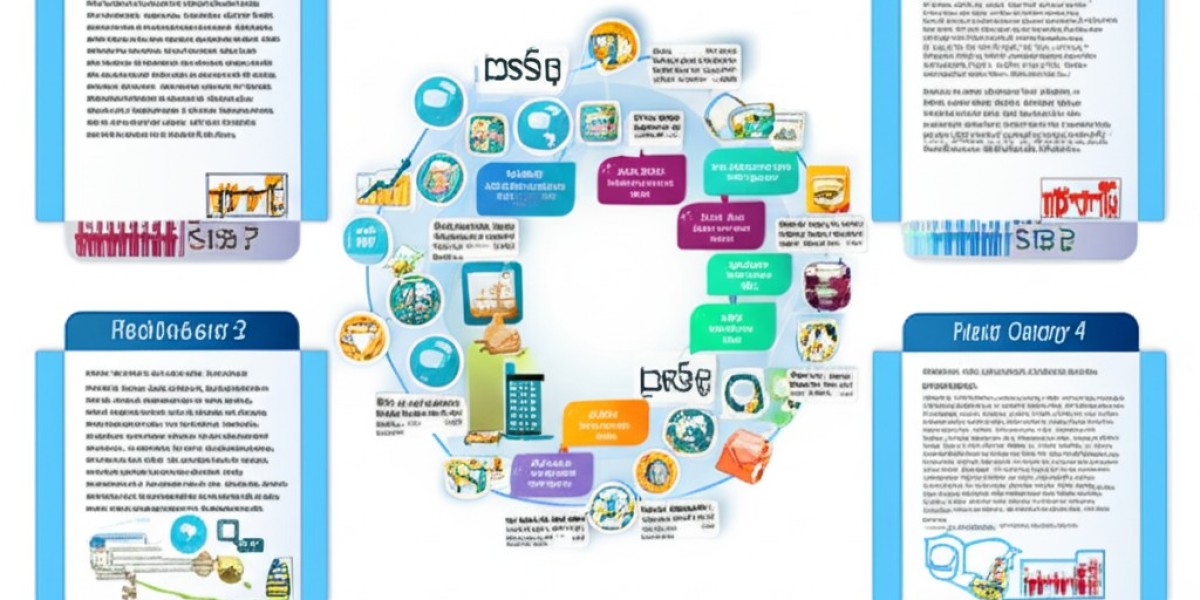With third-party cookies on the decline and data privacy regulations tightening, marketers are turning to their most powerful and sustainable asset: first-party data.
But collecting this data is only the first step. The real value comes from using it strategically to boost relevance, targeting, and ROI in your advertising efforts.
In this blog, we’ll explore how to unlock the full potential of first-party data to improve your ad performance.
? What Is First-Party Data?
First-party data is information your business collects directly from customers or users through owned channels such as:
Website behavior (clicks, page views, purchases)
Mobile app activity
Email interactions
Customer surveys
CRM systems and loyalty programs
Because it’s collected directly from your audience, first-party data is highly accurate, consent-based, and privacy-compliant—making it ideal for long-term marketing success.
? Why First-Party Data Matters for Ad Performance
Better Targeting: Deliver personalized ads to users based on actual behaviors and preferences.
Improved Conversion Rates: Relevance drives action. Ads tailored to real data convert better.
Lower Cost Per Acquisition (CPA): Smart targeting reduces wasted ad spend.
Stronger Retargeting: Reach users who’ve already engaged with your brand—warm leads are more likely to convert.
Future-Proof Strategy: As privacy changes limit third-party tracking, first-party data keeps you in control.
? How to Use First-Party Data to Improve Ad Performance
1. Segment Your Audience Based on Behavior
Not all users are at the same stage of the buying journey. Use your data to create segments such as:
New visitors vs. repeat buyers
Cart abandoners
High-intent users (visited pricing page, downloaded a guide)
Loyal customers
? Pro Tip: Serve different ads to each group based on where they are in the funnel.
2. Create Custom Audiences for Retargeting
First-party data enables precision retargeting:
Show specific product ads to users who browsed that item
Offer discounts to cart abandoners
Promote new arrivals to your most active buyers
Platforms like Meta Ads, Google Ads, and LinkedIn allow you to upload customer data lists for laser-targeted campaigns.
3. Lookalike and Similar Audiences
Once you've built high-performing segments (e.g., repeat customers or highest LTV users), you can use them to create lookalike audiences.
These are new users who share traits with your best customers—helping you scale efficiently without starting from scratch.
4. Use Data for Dynamic Ad Personalization
Dynamic ads can automatically pull content based on user preferences or behavior.
Examples:
Showcase the last product a user viewed
Highlight local store availability based on location
Customize messaging based on previous purchases
This makes your ads feel less like ads—and more like helpful recommendations.
5. Align With Lifecycle Marketing
Match your ad campaigns to your customer lifecycle stages:
Acquisition ads → New users
Retention ads → Recent buyers
Reactivation ads → Dormant customers
When paired with first-party data from your CRM or email platform, this approach ensures messaging stays relevant and timely.
6. Test and Optimize Using Real Insights
Use your data to:
A/B test headlines or creative for different segments
Optimize ad timing based on user behavior
Adjust bidding based on segment performance
Because the data is accurate and current, your optimizations will be grounded in reality—not assumptions.
⚙️ Tools That Help You Activate First-Party Data
Google Ads Customer Match
Meta Custom Audiences
CRM platforms (HubSpot, Salesforce)
Customer Data Platforms (Segment, Amperity, Bloomreach)
Email marketing tools (Klaviyo, Mailchimp, ActiveCampaign)
These tools help you organize, segment, and activate your data across channels.
✅ Quick Checklist to Get Started
✅ Audit your current first-party data sources
✅ Set up tracking (analytics, CRM, email sign-ups, etc.)
✅ Segment users based on actions and attributes
✅ Sync data with ad platforms securely
✅ Launch targeted campaigns with personalized creative
✅ Track, test, and optimize continuously
Final Thoughts
First-party data isn’t just a workaround for disappearing cookies—it’s a competitive advantage.
By using what you already know about your audience, you can deliver more relevant, more personalized, and more effective ad experiences. That means better results for your campaigns and stronger relationships with your customers.
To fully leverage first-party data, teams need the right strategies and skills. That’s where Performance Marketing Training plays a critical role—equipping marketers with the tools to turn insights into action and drive measurable impact across the funnel.














